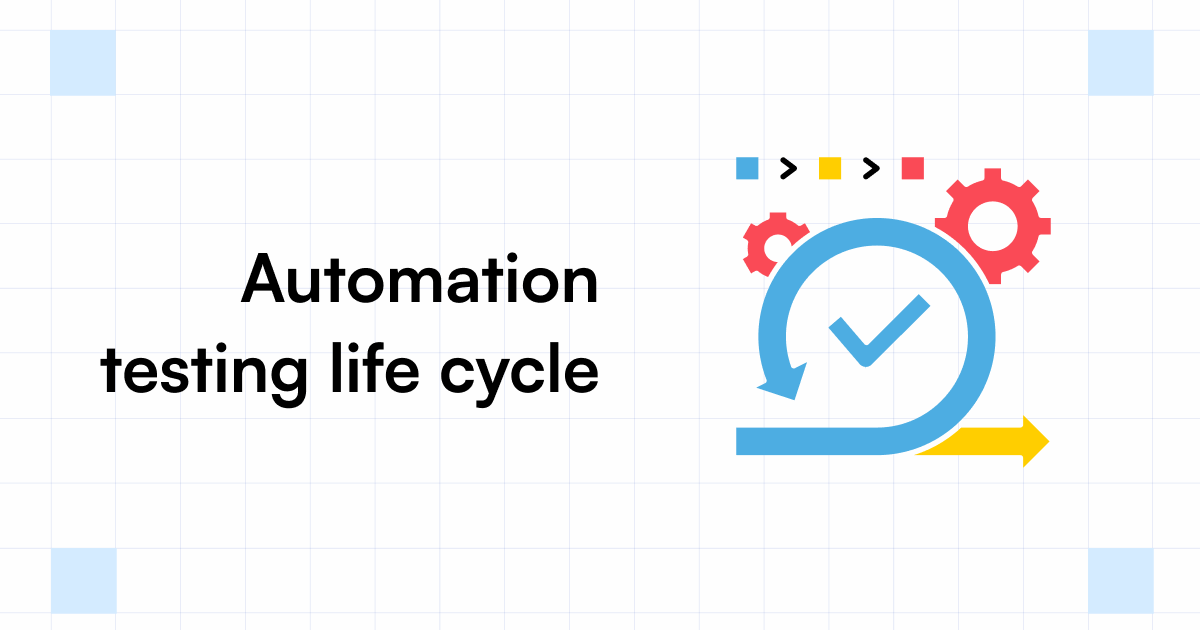Effective Automation Testing: Enhancing Software Reliability and Speed
Effective Automation Testing: Enhancing Software Reliability and Speed
Blog Article
From Handbook to Automated Screening: A Comprehensive Guide to Transitioning Smoothly and Successfully
In the realm of software application testing, the change from handbook to automated processes has actually ended up being a progressively essential transition for companies seeking to boost performance and accuracy in their testing techniques. As innovation continues to advancement, the need for smooth and efficient automatic screening approaches has never ever been much more important. The journey from manual to automated testing is not without its challenges, yet when come close to strategically and with a clear strategy in mind, the advantages can be substantial - automation testing. In this extensive guide, we will explore essential steps and factors to consider crucial for an effective change, from the first option of tools to the assimilation of automation into existing workflows. Remain tuned to reveal the understandings that will help lead the way for a smoother and extra efficient screening procedure.
Advantages of Automated Examining
Automated screening provides many advantages, enhancing effectiveness and precision in software application development processes. One key advantage is the substantial decrease in testing time. Automated tests can be run at the same time on several gadgets and running systems, substantially speeding up the testing phase contrasted to hand-operated screening. This boosted performance enables for faster comments on the quality of the software application, making it possible for programmers to identify and address issues promptly.
Additionally, automated testing makes sure a higher degree of accuracy in identifying flaws. Uniformity in screening is likewise boosted, as automated examinations implement the very same steps precisely each time they are run.
Choosing the Right Tools

Firstly, examine your goals and requirements. Comprehend the extent of your job, the modern technologies included, and the capability of your group. This analysis will help you establish the attributes and capabilities you need in your testing devices.
Secondly, consider the compatibility of the tools with your existing procedures and systems. Seamless integration with your current software application development lifecycle is necessary to guarantee a smooth transition to automation.
Furthermore, examine the scalability and adaptability of the tools. As your screening needs advance, the tools must be able to adapt and accommodate modifications successfully.
Finally, variable in the assistance and community around the tools. Durable support and an energetic customer area can supply valuable sources and support when executing automated testing. By thoroughly taking into consideration these elements, you can pick the right devices that align with your requirements and set the stage for an effective transition to automated screening.
Writing Effective Test Scripts

When crafting test scripts, it is essential to take into consideration the details requirements of the software application being examined and ensure that the scripts attend to all vital performances. Detailed and clear calling conventions for examination scripts and test instances can enhance readability and maintainability. Additionally, integrating error handling systems within the test manuscripts can assist in determining and addressing concerns without delay.
Additionally, arranging examination manuscripts into modular parts can improve reusability and scalability, lowering redundancy and improving efficiency in test manuscript upkeep. Routine testimonials and updates to check manuscripts are important to keep speed with progressing software program demands and functionalities. By adhering to these principles, testers can produce reliable and durable examination manuscripts that contribute significantly to the success of automated testing procedures.
Integrating Automation Into Workflows
Effective combination of automation tools into existing workflows enhances and simplifies procedures productivity within software application development cycles. When incorporating automation into operations, it is crucial to recognize recurring tasks that can be automated to conserve time and minimize human error. By perfectly integrating automated testing devices like Selenium or Appium right into the software application advancement lifecycle, teams can achieve faster responses on code changes, resulting in quicker insect detection and resolution. This integration enables continual screening throughout the development process, guaranteeing that any issues are recognized early, causing greater software top quality. In addition, automation can be used to cause examinations instantly after each code commit, supplying prompt validation and liberating testers to concentrate on even more complicated situations. Proper combination of automation tools needs cooperation between advancement, screening, and procedures groups to establish a unified workflow that maximizes performance and efficiency in delivering top notch software products.
Making Sure a Smooth Shift
Efficiently transitioning to automated testing involves meticulous planning and mindful execution to reduce disruptions and take full advantage of effectiveness in the software application advancement process - automation testing. To ensure a smooth shift, it is essential to start by carrying out a comprehensive assessment of the existing testing processes and identifying areas where automation can bring the most significant benefits. Engaging with all stakeholders early while doing so, including designers, testers, and job supervisors, is important for amassing support and buy-in for site here the automation effort
Communication is key during this transition phase. Clear interaction of the objectives, benefits, and expectations of automated screening assists to manage any kind of resistance or worries that might arise. Additionally, providing sufficient training and resources for team participants to upskill in automation tools and methods is essential for guaranteeing a successful transition.

Conclusion
In final thought, transitioning from handbook to automated testing offers countless advantages, including increased performance and reliability. By picking the ideal devices, composing effective test scripts, and incorporating automation flawlessly right into process, companies can make sure a smooth and successful transition. It is important to accept automation as a valuable asset in software testing procedures to boost overall high quality and efficiency.
In the world of software application screening, the change from manual to automated procedures has become a significantly crucial transition for organizations seeking to improve effectiveness and accuracy in their screening techniques. Automated examinations can be run concurrently on multiple tools and operating systems, dramatically speeding up the visit this page testing phase compared to hands-on screening. Uniformity in testing is also improved, as automated tests perform the very same actions specifically each time they are run.To guarantee the successful application of selected testing tools, the creation of reliable examination scripts plays an essential role in verifying the performance and efficiency of automated processes - automation testing. By following these concepts, testers can create efficient and durable examination scripts that contribute dramatically to the success of automated testing procedures
Report this page